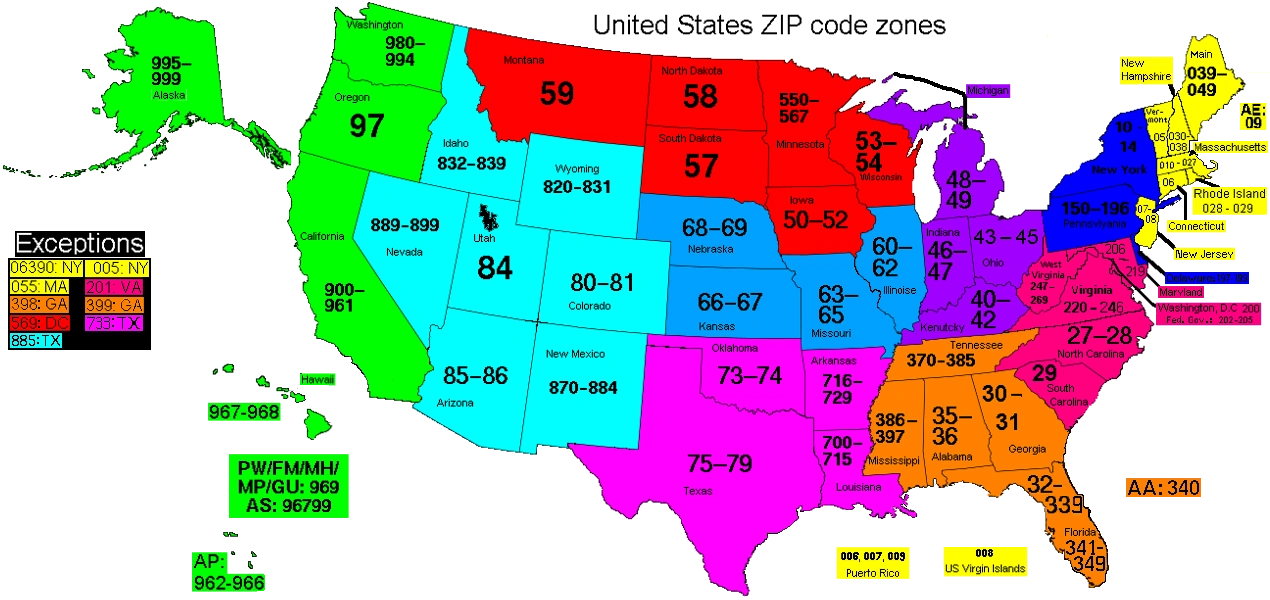Non-residential spaces play a critical role in urban development, economic growth, and social infrastructure. These spaces include commercial buildings, industrial zones, public institutions, and recreational facilities. As cities evolve, the design, functionality, and sustainability of non-residential areas continue to shape societies. This article explores the importance, challenges, and future trends of non-residential spaces.
1. Types of Non-Residential Spaces
Non-residential properties serve diverse purposes, catering to business, governance, education, and public welfare.
1.1 Commercial Spaces
- Office buildings housing businesses, corporations, and startups.
- Retail stores, shopping malls, and mixed-use developments.
- Hospitality industry structures, including hotels and resorts.
1.2 Industrial and Manufacturing Zones
- Factories and warehouses facilitating production and distribution.
- Logistics hubs supporting supply chain management.
- Business parks designed for technology and industrial innovation.
1.3 Institutional and Public Facilities
- Schools, universities, and research centers driving education and innovation.
- Hospitals, clinics, and healthcare facilities ensuring public well-being.
- Government buildings housing administrative and civic functions.
1.4 Recreational and Cultural Spaces
- Parks, stadiums, and entertainment complexes promoting leisure and sports.
- Museums, theaters, and cultural centers preserving heritage and art.
- Convention centers and exhibition halls hosting events and trade fairs.
2. Role of Non-Residential Spaces in Economic Growth
Non-residential spaces contribute significantly to a region’s economic prosperity and urban planning.
2.1 Job Creation and Workforce Development
- Corporate offices provide employment opportunities across industries.
- Manufacturing plants generate blue-collar and technical jobs.
- Commercial hubs support entrepreneurs, freelancers, and retail workers.
2.2 Real Estate and Investment Opportunities
- Commercial real estate attracts domestic and foreign investments.
- Industrial zones enhance trade and export capabilities.
- Retail and hospitality sectors boost tourism and local economies.
2.3 Infrastructure Development and Urban Expansion
- Large-scale projects drive transportation and utility upgrades.
- Mixed-use developments integrate residential and commercial spaces.
- Smart city initiatives incorporate technology for efficiency and connectivity.
3. Challenges in Non-Residential Space Development
Developing and managing non-residential spaces comes with various challenges.
3.1 Zoning and Regulatory Issues
- Land use regulations impact commercial and industrial development.
- Environmental laws dictate sustainability and construction practices.
- Bureaucratic hurdles slow down large infrastructure projects.
3.2 Sustainability and Environmental Concerns
- Energy consumption and carbon emissions affect industrial zones.
- Green building certifications encourage eco-friendly construction.
- Adaptive reuse repurposes old structures for modern needs.
3.3 Changing Consumer and Business Needs
- The rise of e-commerce affects brick-and-mortar retail spaces.
- Remote work reduces demand for traditional office spaces.
- Multi-functional spaces address evolving urban lifestyles.
4. Technological Innovations in Non-Residential Spaces
Technology is transforming the efficiency, security, and sustainability of non-residential buildings.
4.1 Smart Building Technology
- IoT-enabled systems optimize energy consumption and maintenance.
- AI-driven security enhances surveillance and access control.
- Automation streamlines facility management and operations.
4.2 Sustainable Design and Green Architecture
- LEED-certified buildings minimize environmental impact.
- Renewable energy sources like solar panels reduce utility costs.
- Green roofs and urban gardens improve air quality and aesthetics.
4.3 Digital Transformation in Commercial Spaces
- Contactless payment and digital transactions dominate retail environments.
- Augmented reality (AR) enhances customer experience in shopping malls.
- Hybrid office models integrate virtual collaboration tools.
5. Future Trends in Non-Residential Space Development
Urbanization, sustainability, and technological advancements will shape the future of non-residential spaces.
5.1 Mixed-Use and Adaptive Reuse Projects
- Converting old warehouses into co-working spaces and creative hubs.
- Integrating residential, commercial, and leisure spaces in one development.
- Flexible zoning laws promoting innovative urban designs.
5.2 The Rise of Smart Cities
- AI-driven traffic management optimizing commercial districts.
- 5G connectivity enhancing communication and automation.
- Public-private partnerships fostering infrastructural growth.
5.3 Health and Wellness-Oriented Spaces
- Biophilic design incorporating natural elements into buildings.
- Enhanced air filtration and hygiene measures in public facilities.
- Open-air commercial and entertainment spaces improving user experience.
Conclusion
Non-residential spaces are crucial to economic progress, urban planning, and societal well-being. As cities expand and technology advances, the need for sustainable, adaptable, and innovative non-residential developments will continue to grow. The future of these spaces lies in their ability to balance economic viability with environmental responsibility and user-centric design.
